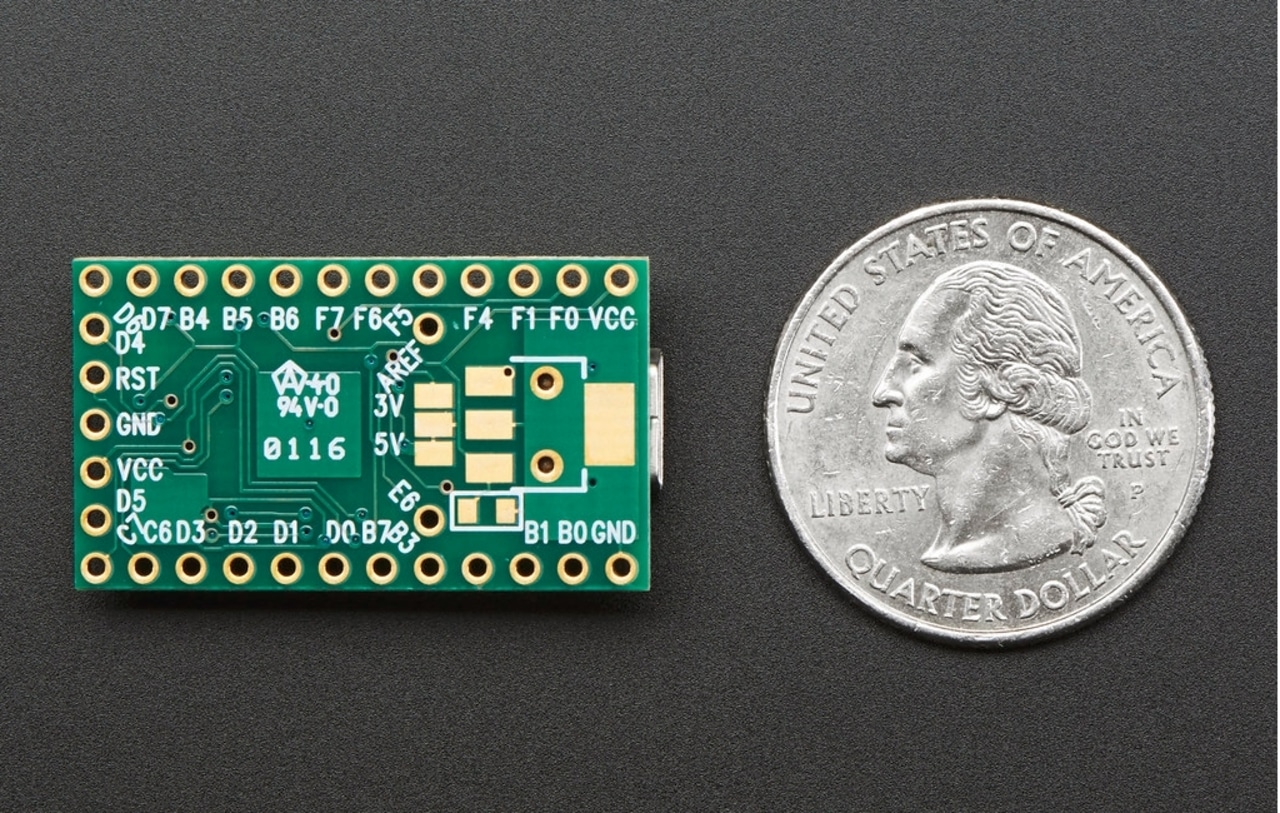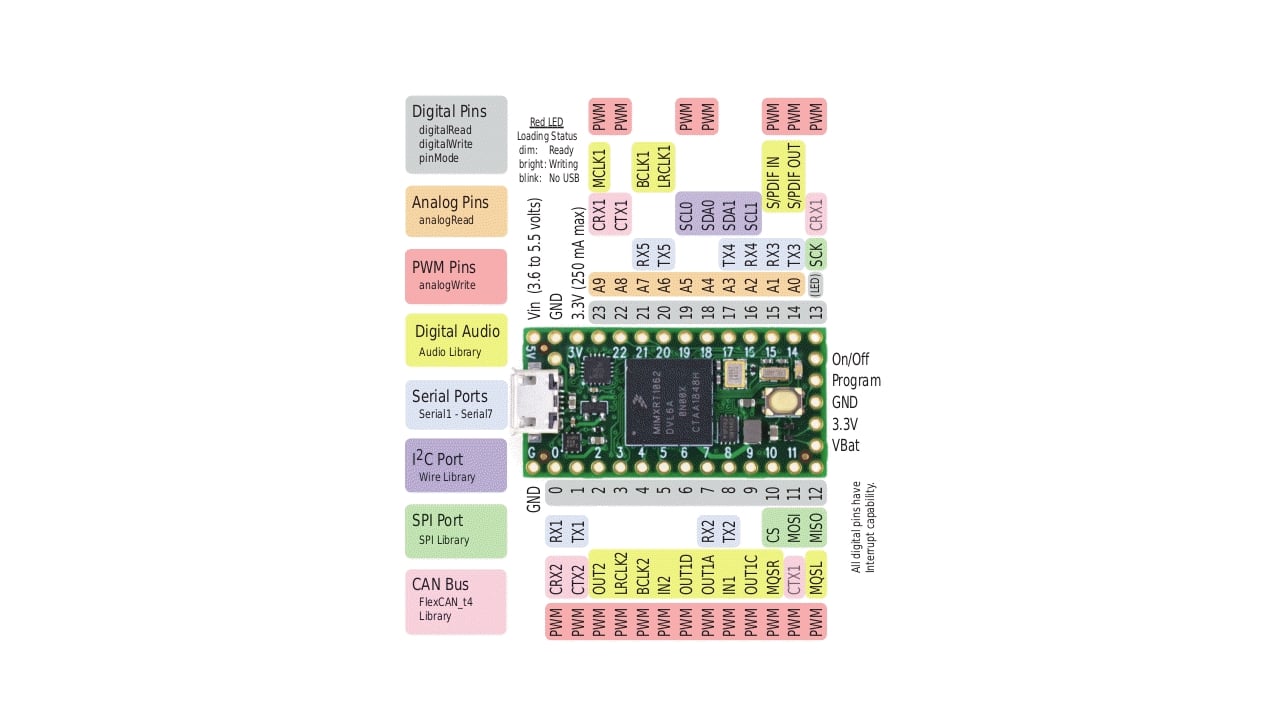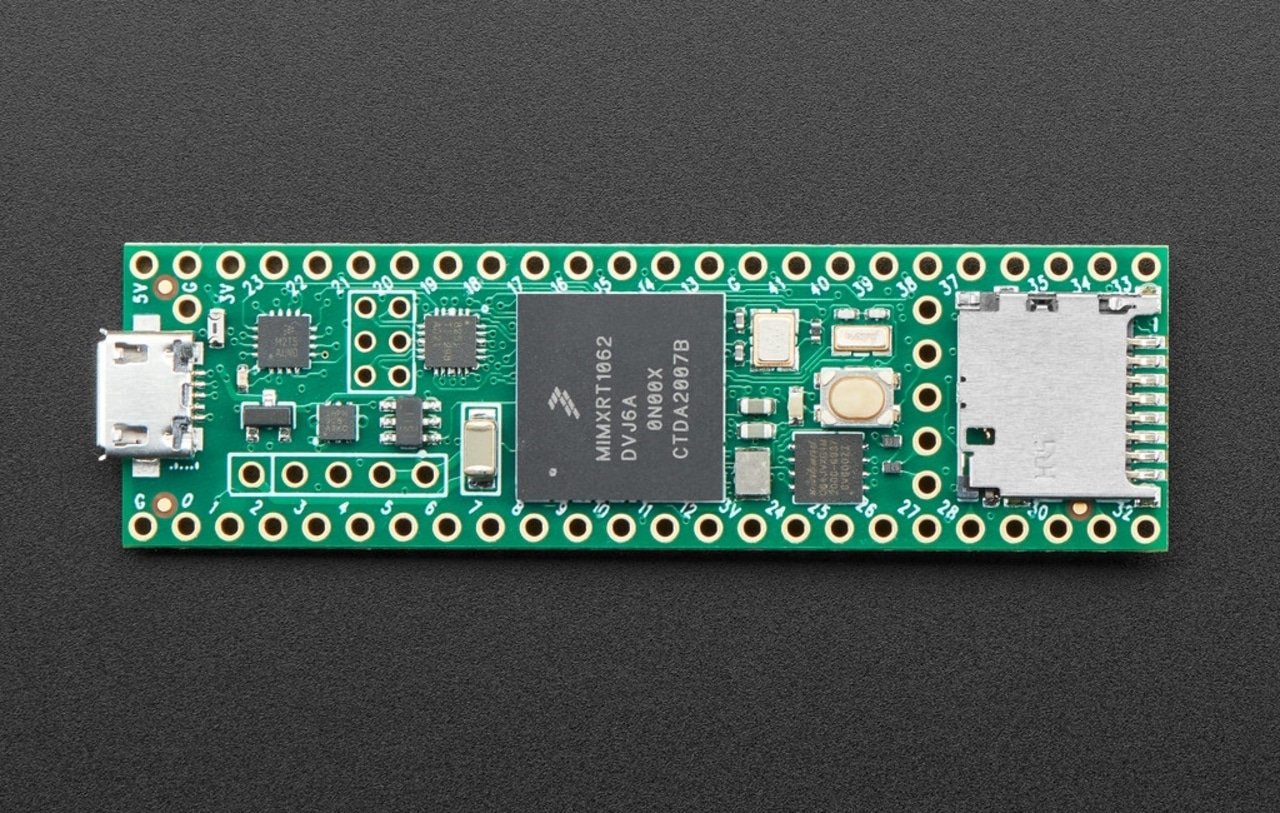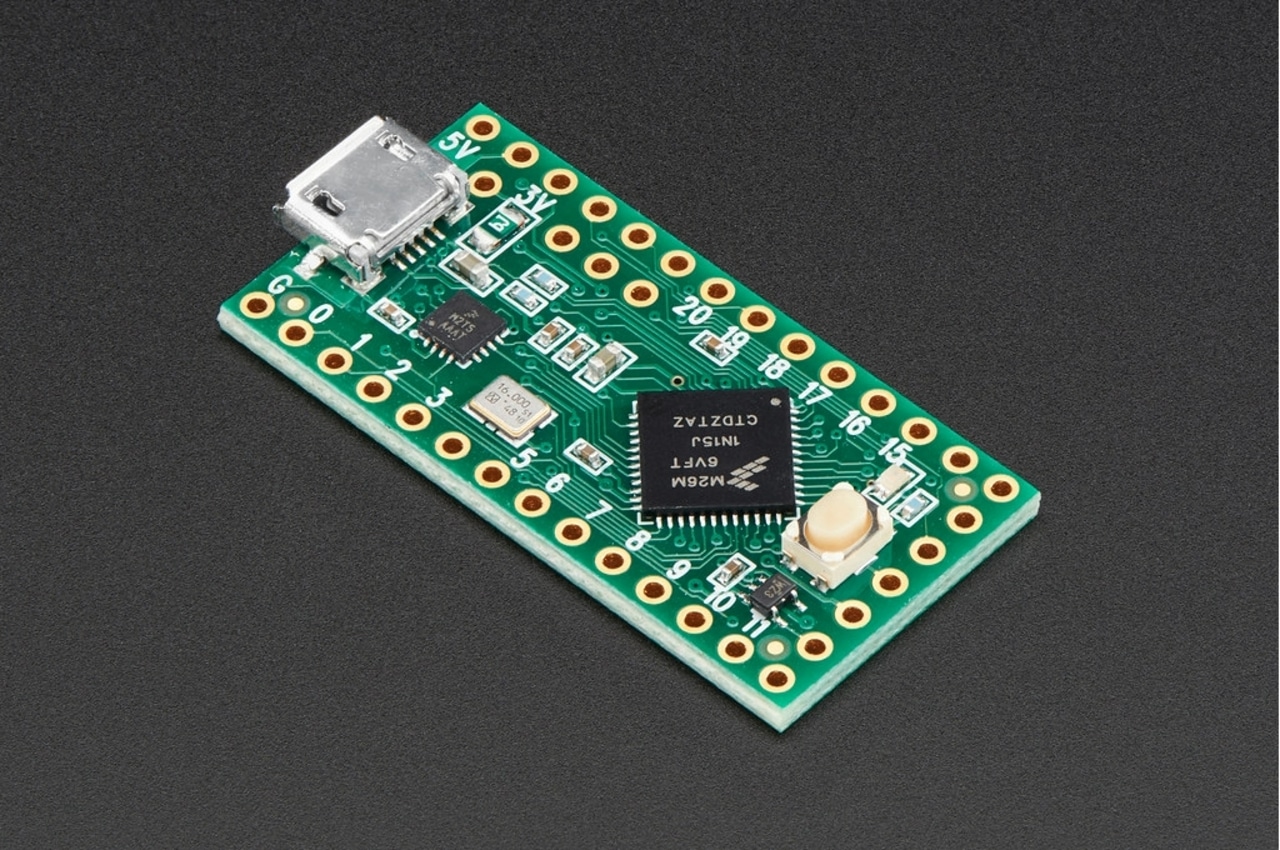
We are going to dedicate this article to the teensy development board. A very versatile board, compatible with Arduino, and of a reduced size to be able to dedicate it to projects in which size matters. Here you can see what it is, the types and versions that exist, the technical characteristics, and what can be done with this board with MCU or microcontroller.
What is Teeny?
Teensy is a brand of microcontroller development board created by PJRC and with a design in which co-owner Paul Stoffregen has participated. PJRC is a designer and manufacturer of different devices for makers, DIY, creativity development, etc. To do this, they have created this small, very versatile board with the potential of Arduino, and with fantastic power and flexibility, also using ARM-based microcontrollers instead of AVRs used by other similar development boards.
Teensy is not only a plate, but there is different models or versions., in which some benefits and their size vary. All of this hardware designs were created with the idea of maximizing I/O capabilities, as well as being supported by a host of software libraries to provide many features and ready to run with the Arduino IDE.
Technical characteristics of Teensy
You can see the details of your model in the datasheets provided by the manufacturer of the board. Also, remember that there may be pinout differences between versions. However, to have a somewhat more generic view of Teensy that is common to all of them, here are some of its technical characteristics:
- Compatibility with arduinosoftware and the libraries. Also, it has an add-on for Arduino called teensyduino
- USB Port
- App Teensy Loader for ease of use
- Free development software
- Cross-platform support, available for Linux, MacOS and Windows operating systems
- Small size, suitable for many projects
- Available with or without soldered breadboard pins
- One push button programming
- Do you have the compiler? WinAVR
- USB debugging
More technical information and downloads – PJRC official website
Types and where to buy
Regarding the types of Teensy plates and their Technical specifications, we have the following variations with respect to the common characteristics of the previous section:
Teensy 2.0
No products found.
- MCU: Atmel ATMEGA32U4 an 8 bit 16 MHz AVR
- RAM: 2560 bytes
- EEPROM memory: 1024 bytes
- Flash memory: 32256 bytes
- Digital I / O: 25 pins, 5v
- Analog inputs: 12
- PWM: 7
- UART,I2C,SPI: 1, 1, 1
- Price: 16 $
Teensy ++ 2.0
No products found.
- MCU: Atmel AT90USB1286 an 8 bit 16 MHz AVR
- RAM: 8192 bytes
- EEPROM memory: 4096 bytes
- Flash memory: 130048 bytes
- Digital I / O: 46 pins, 5v
- Analog inputs: 8
- PWM: 9
- UART,I2C,SPI: 1, 1, 1
- Price: 24 $
teensy lc
- MCU: ARM Cortex-M0+ @ 48MHz
- RAM: 8K
- EEPROM memory: 128 bytes (emu)
- Flash memory: 62K
- Digital I / O: 27 pins, 5v, 4x DMA channels
- Analog inputs: 13
- PWM: 10
- UART,I2C,SPI: 1, 1, 1
- Price: 11,65 $
Teensy 3.2
-not available-
- MCU: ARM Cortex-M4 at 72MHz
- RAM: 64K
- EEPROM memory: 2K
- Flash memory: 256K
- Digital I / O: 34 pins, 5v
- Analog inputs: 8
- PWM: 21
- UART,I2C,SPI: 1, 1, 1
- Price: 19,80 $
Teensy 3.5
- MCU: 4 MHz ARM Cortex-M120 + 32-bit FPU + RNG + encryption accelerator
- RAM: 256K
- EEPROM memory: 4K
- Flash memory: 512K
- Digital I / O: 64 pins, 5v
- Analog inputs: 27
- PWM: 20
- UART,I2C,SPI: 0, 3, 3
- Extras: I2S/TDM audio, CAN bus, 16 general purpose DMA channels, RTC, SDIO 4-bit (SD cards), USB 12 Mb/s
- Price: 24,25 $
Teensy 3.6
- MCU: 4 MHz ARM Cortex-M180 + 32-bit FPU + RNG + encryption accelerator
- RAM: 256K
- EEPROM memory: 4K
- Flash memory: 1024K
- Digital I / O: 64 pins, 5v
- Analog inputs: 27
- PWM: 20
- UART,I2C,SPI: 0, 3, 3
- Extras: I2S/TDM audio, CAN bus, 16 general purpose DMA channels, RTC, 4-bit SDIO (SD cards), 12 Mb/s USB and 480 Mb/s USB host
- Price: 29,25 $
Teensy 4.0
- MCU: ARM Cortex-M7 at 600 MHz + 32-bit FPU + RNG + encryption accelerator
- RAM: 1024K (2×512)
- EEPROM memory: 1K (emu)
- Flash memory: 1984K
- Digital I / O: 40 pins, 5v
- Analog inputs: 14
- PWM: 31
- Serial,I2C,SPI: 7, 3, 3
- Extras: 2x I2S/TDM audio, S/PDIF digital audio, 3x CAN bus (1x CAN FD), 32 general purpose DMA channels, RTC, FlexIO programmable, USB 480 Mb/s and USB host 480 Mb/s, Pixel Processing Pipeline , crossed triggering for peripherals, and ON/OFF management.
- Price: 19,95 $
Teensy 4.1
- MCU: 7 MHz ARM Cortex-M600 + 64/32-bit FPU + RNG + encryption accelerator
- RAM: 1024K (2×512) and QSPI for memory expansion with two extra locations for RAM or flash chips
- EEPROM memory: 4K (emu)
- Flash memory: 7936K
- Digital I / O: 55 pins, 5v
- Analog inputs: 18
- PWM: 35
- Serial,I2C,SPI: 8, 3, 3
- Extras: Ethernet 10/100 Mbit with DP83825 PHY, 2x I2S/TDM audio, S/PDIF digital audio, 3x CAN bus (1x CAN FD), 32 general purpose DMA channels, RTC, FlexIO programmable, USB 480 Mb/s and USB host at 480 Mb/s, 1 SDIO (4 bit) for SD cards, Pixel Processing Pipeline, cross triggering for peripherals, and ON/OFF management.
- Price: 26,85 $
| The best |

|
Teensy 4.1 (no Pins) | See features | View deals |
| Price quality |

|
Teensy 4.1 (With Pins) | See features | View deals |
| Our favorite |
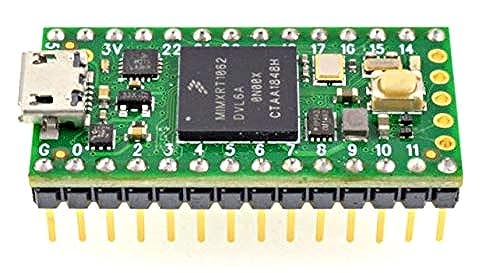
|
Teensy 4.0 (with Pins) | See features | View deals |

|
Teensy 4.0 (No Pins) | See features | View deals |
What can be done with Teensy differently from the rest of the plates? (Applications)

The Teensy development board is one of the most appreciated by many makers for several reasons. One of the main ones is related to the chip with which some of these boards have been fitted, since they are based on 32-bit ARM chips. This not only provides higher performance than with AVR, it also allows having a more modern MCU, working with an architecture as important and widespread today as ARM, etc.
On the other hand, despite its small size, they are quite powerful, with good capacities of RAM, flash and EEPROM memory, as well as rich in connection pins to use hardware peripherals, and even some with SD cards, Ethernet, etc. And all this without subtracting an iota of compatibility with Arduino. But as you can see, it is not "another one", but a special one.
Another great feature of Teensy is that it can work like any other native USB device, that is, you can program the board to be a peripheral and act as an HID, MIDI device, joysticks, gamepads, etc. And all of that without any additional code, it's all part of the Teensy software stack so you don't have to worry about it. As for Teensyduino, the addon for the Arduino IDE, it's another fantastic feature, and it only takes an instant to get up and running...
